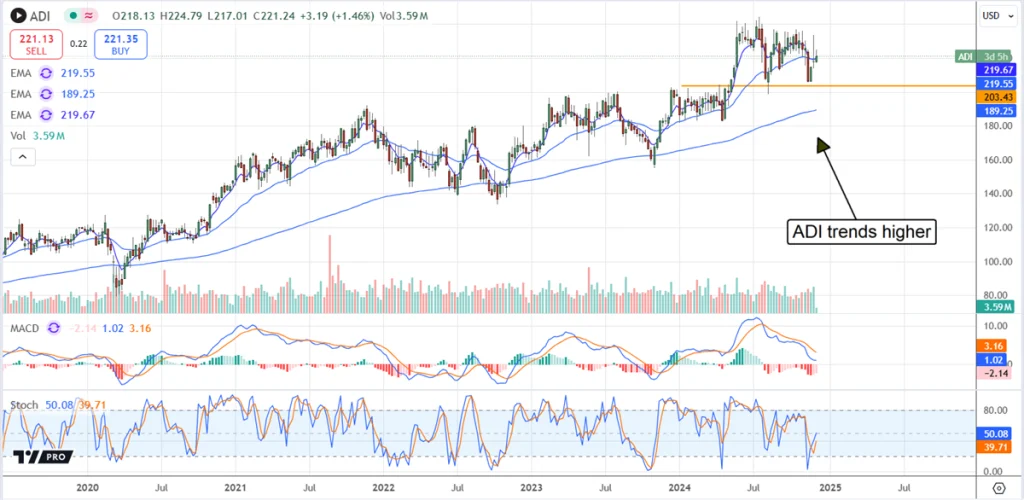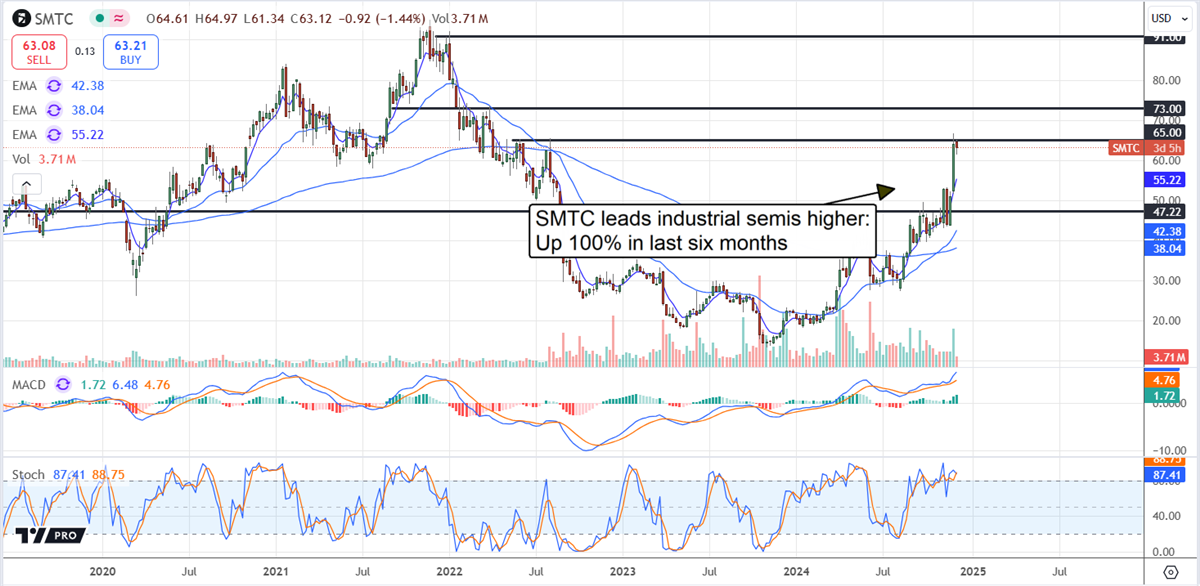A stock market crash can be one of the most daunting experiences for investors. Watching your portfolio lose value in a short period can trigger panic and lead to impulsive decisions. However, with the right strategies and mindset, you can navigate a market crash without losing money—and even position yourself for future gains. In this article, we’ll explore practical steps to protect your investments, manage risk, and stay calm during periods of extreme market volatility.
What Causes a Stock Market Crash?
A stock market crash is typically defined as a sudden and severe drop in stock prices, often triggered by a combination of factors. Understanding the causes can help you prepare and respond effectively. Common triggers include:
- Economic Downturns: Recessions, high unemployment, or declining GDP can erode investor confidence.
- Geopolitical Events: Wars, trade disputes, or political instability can create uncertainty and drive sell-offs.
- Interest Rate Hikes: Rising interest rates can increase borrowing costs and reduce corporate profits, leading to lower stock prices.
- Market Overvaluation: When stock prices rise too quickly and exceed their intrinsic value, a correction or crash may occur.
- Pandemics or Natural Disasters: Events like COVID-19 or major hurricanes can disrupt economies and markets.
While it’s impossible to predict exactly when a crash will happen, being prepared can help you minimize losses and take advantage of opportunities.
Steps to Navigate a Stock Market Crash
Here are actionable steps to help you navigate a stock market crash and protect your portfolio:
1. Stay Calm and Avoid Panic Selling
One of the biggest mistakes investors make during a crash is panic selling. Emotions like fear and anxiety can cloud judgment, leading to decisions that lock in losses. Remember, market crashes are often temporary, and history shows that markets eventually recover. Staying calm and sticking to your long-term plan is crucial.
Tip: Turn off the news if it’s causing stress. Focus on your investment goals rather than short-term fluctuations.

2. Review Your Portfolio
A market crash is a good time to review your portfolio and ensure it aligns with your risk tolerance and financial goals. Ask yourself:
- Are my investments diversified across sectors and asset classes?
- Do I have a mix of stock trading strategies, such as growth and value stocks?
- Are there any underperforming assets that need to be replaced?
Diversification can help reduce risk and protect your portfolio during downturns.
3. Focus on Quality Investments
During a crash, high-quality companies with strong fundamentals are more likely to recover and thrive. Look for companies with:
- Low debt levels.
- Consistent revenue and earnings growth.
- Competitive advantages in their industries.
These companies are better equipped to weather economic storms and emerge stronger.
4. Consider Dollar-Cost Averaging
Dollar-cost averaging involves investing a fixed amount of money at regular intervals, regardless of market conditions. This strategy can help you take advantage of lower prices during a crash and reduce the impact of volatility on your portfolio.
Example: If you invest $500 every month, you’ll buy more shares when prices are low and fewer shares when prices are high, lowering your average cost over time.
5. Maintain a Cash Reserve
Having a cash reserve can provide a safety net during a market crash. It allows you to cover living expenses without having to sell investments at a loss. Additionally, cash gives you the flexibility to take advantage of buying opportunities when prices are low.
Tip: Aim to keep 6–12 months’ worth of living expenses in cash or a liquid savings account.
6. Use Stop-Loss Orders
Stop-loss orders automatically sell a stock when it reaches a predetermined price, helping you limit losses. While they can’t prevent a crash, they can protect you from significant declines in individual stocks.
Example: If you buy a stock at $100 and set a stop-loss order at $90, the stock will be sold if its price drops to $90, limiting your loss to 10%.
7. Avoid Timing the Market
Trying to time the market—predicting when to buy or sell based on short-term movements—is extremely difficult, even for professionals. Instead of trying to time the market, focus on your long-term investment strategy and stay disciplined.
Opportunities During a Market Crash
While a stock market crash can be unsettling, it also presents opportunities for savvy investors. Here’s how to capitalize on a downturn:
1. Buy Undervalued Stocks
Market crashes often create buying opportunities for high-quality stocks that are temporarily undervalued. Look for companies with strong fundamentals that have been unfairly punished by the market.
2. Invest in Dividend-Paying Stocks
Dividend-paying stocks can provide a steady income stream during volatile times. Companies with a history of paying and increasing dividends are often more stable and resilient.
3. Explore Defensive Sectors
Defensive sectors like utilities, healthcare, and consumer staples tend to perform better during economic downturns. These sectors provide essential goods and services that remain in demand regardless of market conditions.
Long-Term Strategies to Protect Against Crashes
While it’s important to know how to respond during a crash, taking proactive steps can help you minimize the impact of future downturns. Here are some long-term strategies:
1. Build a Diversified Portfolio
Diversification is one of the most effective ways to reduce risk. Spread your investments across different asset classes, sectors, and geographic regions to protect against market-specific risks.
2. Focus on Risk Management in Stocks
Effective risk management involves setting clear investment goals, understanding your risk tolerance, and regularly reviewing your portfolio. Use tools like stop-loss orders and position sizing to manage risk.
3. Stay Informed
Keeping up with stock market news and trends can help you anticipate potential risks and opportunities. However, avoid making impulsive decisions based on short-term headlines.
Final Thoughts
Navigating a stock market crash requires a combination of preparation, discipline, and a long-term perspective. By staying calm, focusing on quality investments, and maintaining a diversified portfolio, you can protect your wealth and even find opportunities during downturns.
Remember, market crashes are a normal part of investing. While they can be unsettling, they also provide opportunities to buy high-quality assets at discounted prices. By following these strategies and staying committed to your financial goals, you can emerge from a crash stronger and more resilient.
